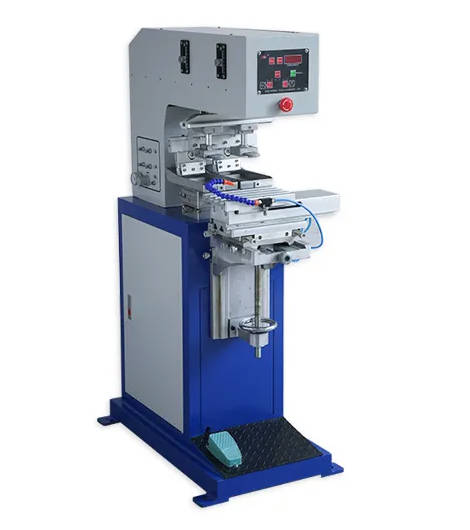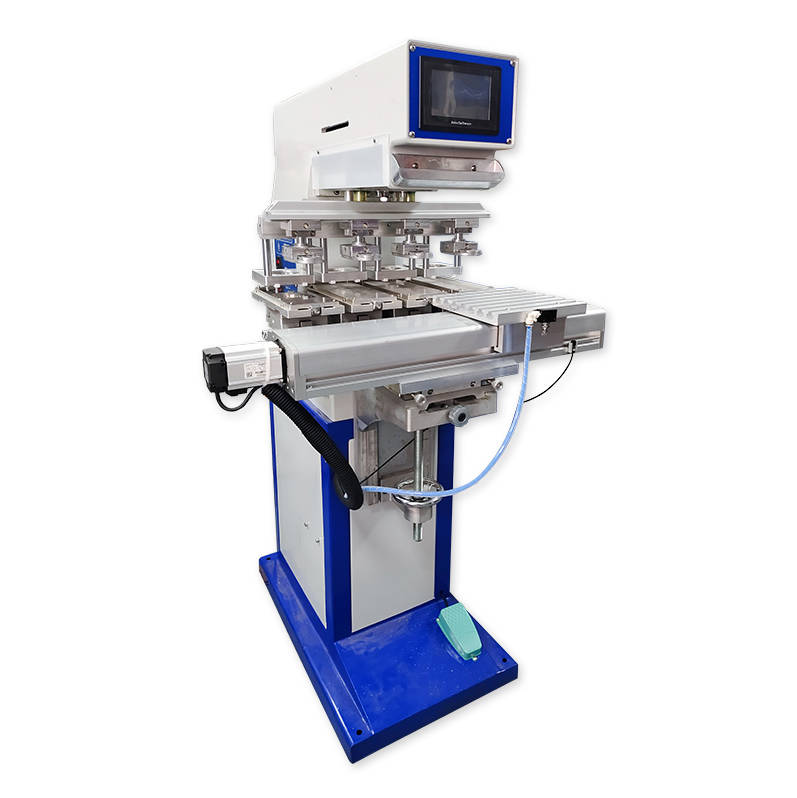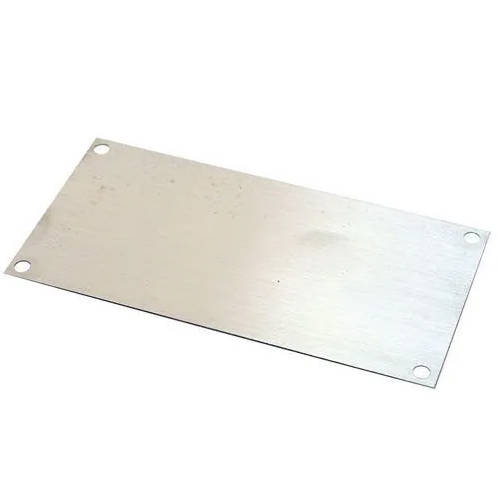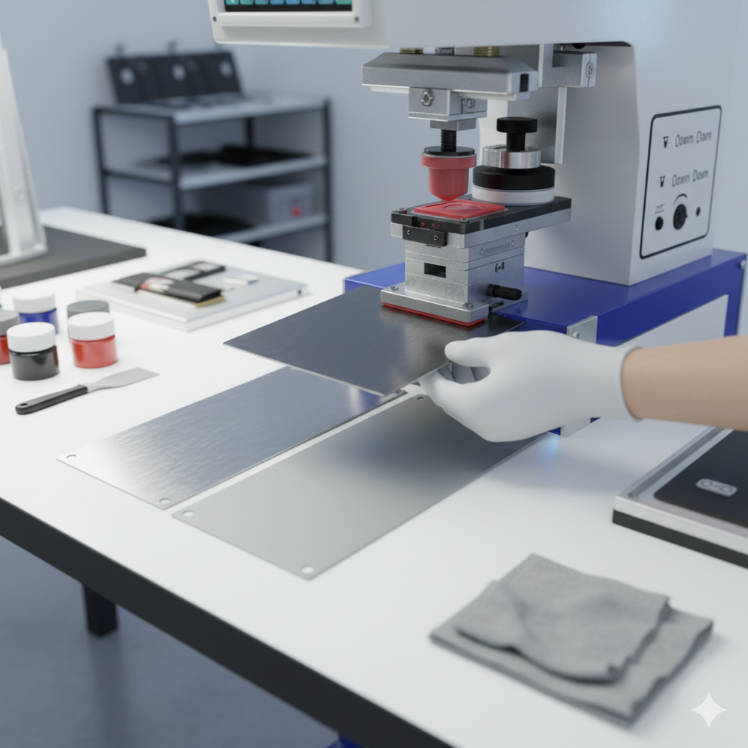1. Introduction: The Foundation of Pad Printing Quality
In the intricate world of pad printing, where precision and consistency are paramount, the humble cliché plate stands as a foundational element. It’s not just a piece of metal or polymer; it’s the master mold, dictating every detail, every line, and every shade of your final printed image. The quality of your cliché directly translates to the quality of your print, making its manufacturing method a critical decision for any user of Pad Printing Cliche Plates.
Historically, acid etching has been the go-to method for creating these essential plates, relying on chemical processes to carve out the image. However, the advent of laser engraving has introduced a powerful, modern alternative, leveraging advanced digital technology. For anyone needing Pad Printing Cliche Plates, understanding the nuances between these two methods is essential for achieving optimal print results, managing costs, and meeting modern manufacturing demands. This article will delve into the strengths and weaknesses of both, guiding you toward the best choice for your specific needs.
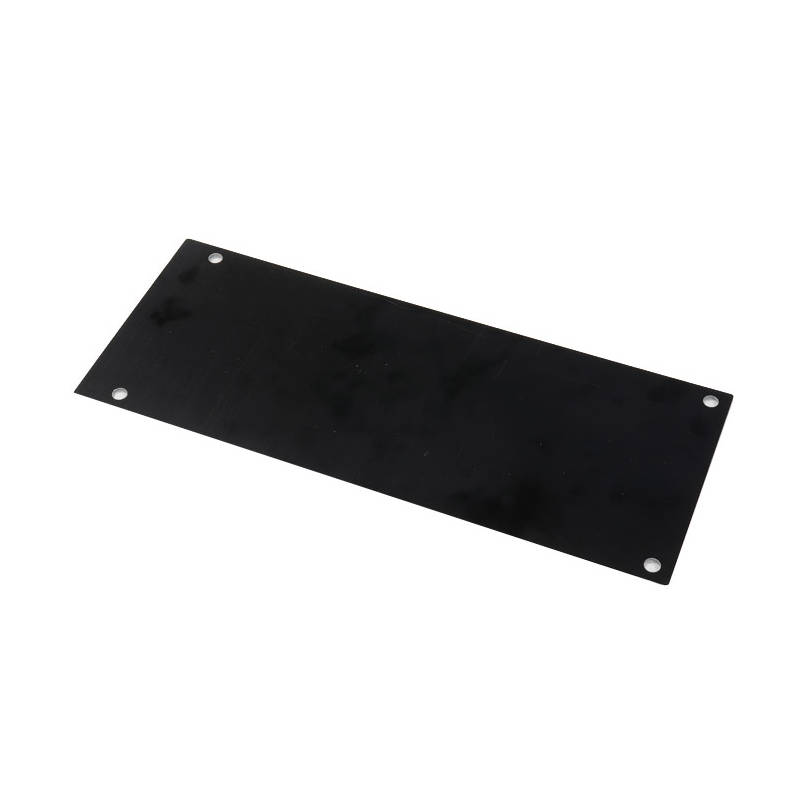
2. Understanding Pad Printing Cliche Plates: A Quick Review
Before we dive into the manufacturing methods, let’s quickly recap what a cliché plate is and why it’s so vital. In pad printing, the cliché (also known as a printing plate or etched plate) is a flat surface, typically made of steel, polymer, or ceramic, that contains the image to be printed. This image is etched or engraved into the plate’s surface, creating tiny recesses that hold the ink.
When the pad printing machine operates, an ink cup or an open inkwell system applies ink over the cliché. A doctor blade or the ink cup’s ring then scrapes off excess ink, leaving only the ink within the etched image. The silicone pad then descends onto the cliché, picks up this ink, and transfers it to the part being printed.
Key Characteristics of a Good Cliche: A high-quality cliché plate ensures:
- Consistent Etch Depth: Uniform ink pick-up and transfer, leading to consistent print density across the entire image.
- Sharp Image Definition: Crisp, clean lines and fine details that accurately reproduce the original artwork.
- Durability: The ability to withstand thousands, even millions, of print cycles without degradation, especially critical for long production runs.
- Material Compatibility: The plate material must be suitable for the inks being used and compatible with the specific Pad Printing Cliche Plates Machines being operated.
3. Method 1: Acid Etching (Traditional Approach)
Acid etching is the time-honored method for producing pad printing clichés, a chemical process that has been refined over decades.
Process Description: The acid etching process involves several meticulous steps:
- Applying Coating: A photosensitive emulsion coating is uniformly applied to the plate’s surface.
- UV Exposure Through a Film Positive: A film positive (a transparent film with the desired artwork printed in opaque black) is placed over the coated plate. The plate is then exposed to UV light. The UV light hardens the photosensitive emulsion coating where it’s exposed, while the areas covered by the opaque artwork remain soft.
- Developing the Resist: The soft, unexposed photosensitive emulsion coating is washed away using a developing solution, revealing the bare metal or polymer surface in the areas where the image will be etched.
- Acid Bath Etching: The plate is submerged in an acid solution (e.g., ferric chloride for steel, or specific etchants for polymer). The acid chemically dissolves the exposed material, creating the recessed image areas. The hardened photosensitive emulsion coating protects the non-image areas.
- Washing and De-coating: After etching, the plate is thoroughly washed to remove residual acid, and then the hardened photosensitive emulsion coating is stripped away, leaving the finished etched image.
Advantages of Acid Etching:
- Cost-effectiveness for certain plate types/volumes: For very high volumes of standard, unchanging plates (e.g., millions of uniform prints), the per-plate cost can sometimes be lower, especially if production is highly optimized.
- Established technology, widely understood: Many experienced technicians are familiar with the intricacies of acid etching.
- Can produce very fine lines on certain materials: With precise control and specific etchants, highly detailed images are achievable, particularly on steel plates.
Disadvantages of Acid Etching:
- Environmental concerns: A significant drawback is the use of hazardous chemicals (acids, developers, photosensitive emulsion coatings), which require careful handling, ventilation, and specialized waste disposal procedures. This can lead to increased environmental regulatory compliance costs.
- Safety risks: Operators must adhere to strict safety protocols to prevent exposure to corrosive acids and hazardous fumes.
- Less flexibility for quick changes/prototyping: The multi-step chemical process is time-consuming. Making design changes means going through the entire process again, which is inefficient for prototyping or short-run customization.
- Depth consistency can vary, especially with manual control: Achieving perfectly consistent etch depth across a plate and from plate to plate can be challenging, as it depends on factors like acid concentration, temperature, and etch time, often requiring skilled manual oversight.
- Limited ability for variable depths within one image: Acid etching typically produces a single, uniform etch depth across the entire image. Creating areas with different depths (e.g., for shading effects) is difficult or impossible.
- Longer lead times for plate production: Due to the numerous steps involved, the overall time from artwork to finished plate is considerably longer compared to laser engraving.
4. Method 2: Laser Engraving (Modern Approach)
Laser engraving represents a significant leap forward in cliché manufacturing, offering a precise, clean, and digitally driven alternative to chemical etching.
Process Description: Laser engraving is a direct and subtractive process:
- Direct Engraving onto the Plate Material: A high-precision laser beam is focused onto the surface of the cliché material ( Aluminum ).
- Computer-Controlled (CAD/CAM Integration): The laser’s movement and intensity are directly controlled by a computer using digital artwork files (e.g., vector graphics from CAD software). This eliminates the need for film positives.
- Material Removal Through Vaporization/Ablation: The focused laser beam generates intense heat, causing the material in the image area to vaporize or ablate, creating the desired recess. The non-image areas remain untouched.
- No Chemicals or Film Positives Needed: This is a “dry” process, drastically simplifying the workflow and eliminating hazardous waste.
Advantages of Laser Engraving:
- Precision and Consistency: Laser engraving delivers highly uniform and repeatable etch depths across the entire plate and from batch to batch. This exceptional precision ensures consistent ink pick-up and print quality, critical for high-stakes applications.
- Variable Depth Capabilities: This is a major differentiator. Laser systems can create different depths within a single image. This means you can have fine lines at a shallow depth and bold areas at a deeper depth on the same cliché, allowing for complex shading, tactile effects, and enhanced print versatility.
- Environmental Friendliness: With no hazardous chemicals, acids, or developers, laser engraving significantly reduces environmental impact and the need for costly waste disposal. It’s a much “greener” option.
- Speed and Flexibility: Rapid plate production and quick design changes are hallmarks of laser engraving. Artwork modifications can be implemented instantly, making it ideal for prototyping, short runs, personalized products, and just-in-time manufacturing.
- Safety: The enclosed nature of laser engraving machines drastically reduces operator exposure to harmful chemicals, fumes, or physical hazards, making it a safer process.
- Automation Potential: Laser engraving seamlessly integrates with digital workflows and automated production lines, enabling highly efficient and streamlined cliché manufacturing.
- Cleaner Process: As a dry process, there are no messy chemical spills or cleaning solutions to manage, contributing to a cleaner work environment.
Disadvantages of Laser Engraving:
- Material limitations: While rapidly improving, some materials may not engrave optimally or might require specific laser types/wavelengths.
- Potential for “tapered” etch walls with certain laser types/settings: Depending on the laser’s focal point and power settings, some engraving might result in slightly tapered (V-shaped) etch walls rather than perfectly straight ones. This can be mitigated with advanced laser controls and experienced operators.
5. Direct Comparison: Acid Etching vs. Laser Engraving for Pad Printing Cliche Plates
To summarize, here’s a comparative table outlining the key differences between these two cliché manufacturing methods:
Table 1: Key Differences & Performance Metrics
| Feature | Acid Etching | Laser Engraving |
| Process Type | Chemical (wet process, corrosive acids) | Thermal (dry process, laser ablation) |
| Environmental Impact | Higher (chemical waste, fumes, hazardous disposal) | Lower (minimal waste, no harsh chemicals) |
| Safety | Higher risk (chemical handling, ventilation needed) | Lower risk (enclosed system, less exposure) |
| Setup/Lead Time | Longer (multi-step, manual intervention, drying) | Shorter (direct digital to plate, rapid production) |
| Image Resolution | Excellent for fine lines (material dependent); can lose crispness if over-etched | Less Excellent, especially for fine detail, complex graphics, and crisp edges |
| Flexibility/R&D | Limited, slower for design changes or iterative testing | High, ideal for rapid prototyping, design iterations, and custom runs |
| Plate Materials | Steel, | Aluminum |
| Cleanliness | Messy, requires chemical cleanups | Clean, minimal residue, no chemical spills |
6. Addressing Common User Questions and Scenarios
Users looking for Pad Printing Cliche Plates often grapple with practical questions. Here’s what you need to know:
- “Which method provides the best detail for small text/fine lines?” Both methods can produce fine detail, but laser engraving generally offers superior consistency and sharper edges for very small text and intricate lines, especially on polymer and modern steel plates. Acid etching relies on the resist holding up perfectly, while lasers offer direct, pixel-level control.
- “I need durable plates for long runs. Which method produces better longevity?” For extreme durability and very long print runs (hundreds of thousands to millions of impressions), hardened steel or ceramic plates are typically preferred, regardless of the etching method. However, laser engraving is increasingly used on high-quality steel and ceramic plates, ensuring consistent etch quality that contributes to overall plate longevity. A Pad Printing Cliche Plates manufacture specializing in hardened steel or ceramic plates can guide you.
- “Is one method more environmentally friendly?” Yes, laser engraving is unequivocally more environmentally friendly. It eliminates the need for harsh acids and hazardous chemicals, reducing chemical waste disposal and minimizing airborne VOCs. This aligns with modern sustainability initiatives and reduces regulatory burdens.
- “What’s the cost difference, and when does laser engraving become more cost-effective?” The per-plate cost can vary significantly. For very simple, high-volume polymer plates, acid etching might appear cheaper initially. However, when you factor in:
- Labor costs (for chemical handling, quality control, and troubleshooting in acid etching).
- Environmental compliance costs (waste disposal, ventilation systems).
- Ink waste from inconsistent prints (more common with variable etch depths from acid etching).
- Downtime due to plate issues.
- The ability to produce complex designs with variable depths. Laser engraving often becomes the more cost-effective solution in the long run, especially for diversified production, short runs, or when precision and consistency are paramount. Many Pad Printing Cliche Plates supplier offer competitive pricing for laser-engraved plates, making it accessible even without an in-house system.
- “Can I produce plates in-house with either method?” Yes, both methods can be done in-house. However, acid etching requires a dedicated chemical setup, ventilation, and strict safety protocols, along with skilled operators. Laser engraving requires a significant upfront investment in a specialized laser system, but once acquired, the operational process is much cleaner, safer, and more automated. For many, outsourcing to a dedicated Pad Printing Cliche Plates factory is the most practical solution for both methods.
- “How does the chosen method affect my ink performance?” The quality of the etch directly impacts how well the ink is picked up by the pad. Laser-engraved plates, with their precise and consistent etch depths, tend to offer more predictable ink pick-up and transfer. This can lead to better ink adhesion, consistent color density, and fewer issues with ink drying in the cliché.
- “I need different etch depths on one plate for shading. Is that possible?” Yes, this is one of the distinct advantages of laser engraving. Laser systems can vary the laser intensity and number of passes to create different etch depths within the same image. This allows for stunning visual effects, such as shading, gradients, and tactile elements, which are extremely difficult or impossible to achieve with conventional acid etching.
7. Making the Best Choice for Your Pad Printing Cliche Plates
The “best” method isn’t universal; it depends entirely on your specific production needs and priorities.
Consider Your Needs:
- Production Volume: Are you doing millions of identical prints or short runs of customized items?
- Print Complexity: Do you need simple logos or intricate designs with fine lines and shading?
- Material of Substrate: How critical is exact ink transfer and adhesion on your specific part material?
- Budget: What’s your comfort level with upfront equipment costs versus long-term operational savings and potential environmental liabilities?
- Environmental & Safety Concerns: Are you under strict regulations or aiming for a greener manufacturing footprint?
- Lead Time Requirements: How quickly do you need new or revised plates?
When Acid Etching Might Be Preferred:
- For very high-volume, extremely price-sensitive, and standardized jobs using specific polymer or thin steel plates where initial plate cost is the absolute paramount factor and environmental/safety concerns can be meticulously managed and outsourced.
When Laser Engraving is the Clear Winner:
- For complex graphics, extremely fine details, and especially for variable etch depths (e.g., shading).
- For rapid prototyping, short runs, and frequent design changes, where flexibility and speed are crucial.
- When environmental responsibility and operator safety are high priorities.
- For achieving unparalleled precision and consistency across all your prints.
- For working with highly durable steel and ceramic plates.
8. Conclusion: The Evolving Landscape of Pad Printing Cliche Plates
Both acid etching and laser engraving have their place in the pad printing industry. Acid etching, while traditional, remains viable for specific niche applications. However, laser engraving is rapidly becoming the preferred and most versatile choice for the modern pad printing operation. Its inherent precision, consistency, environmental benefits, and unparalleled flexibility for complex designs make it a powerful tool for manufacturers striving for the highest quality and efficiency.
The quality of your Pad Printing Cliche Plates is, quite literally, the bedrock of your print success. Choosing the right manufacturing method directly impacts your print quality, operational efficiency, and long-term costs. We highly recommend consulting with an experienced Pad Printing Cliche Plates supplier or manufacturer. They can analyze your specific application, recommend the ideal plate material, and guide you toward the cliché manufacturing method that will yield the best results for your unique needs. Invest wisely in your clichés, and watch your print quality shine.


